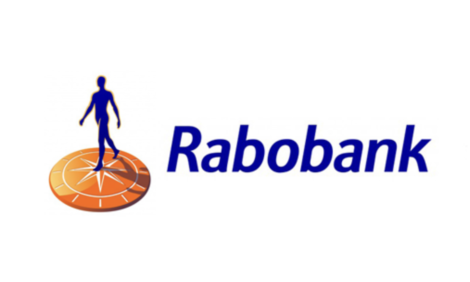



Sweet Smell of Success for Boars
AUSTRALIA - Pork CRC-supported fourth-year animal science honours student at Western Australia's Murdoch University, Amy Lealiifano, has found that vaccinating boars for the second time with Improvac close to a fortnight before slaughter effectively controls boar taint, while also not blowing out fat levels.An objectionable odour and flavour detected when cooking pork from entire males, boar taint has inhibited demand for Australian pork, especially in important Asian markets.
As slaughter weight increases so does the concentration of androstenone and skatole, the two major components contributing to boar taint.
Traditionally boar taint was controlled by physical castration in the first week of life but compared to entire male pigs, physical castrates are fatter and convert feed less efficiently.

Improvac effectively controls boar taint and has the production advantage that the pig has all the performance attributes of an entire male until it receives the second vaccination, recommended at four to five weeks pre-slaughter.
However, Improvac treated boars eat more and gain more weight following the second vaccination, compared to entire males and consequently there may also be an increase in depth of backfat, making some producers question the cost effectiveness of the practice.
Ms Lealiifano's experiment, supervised by Dr Bruce Mullan, Department of Agriculture and Food WA, Professor John Pluske, Murdoch University and Professor Frank Dunshea, University of Melbourne, measured the response of entire males and the incidence of boar taint when the second Improvac vaccination was given at different times pre-slaughter i.e. 0, 2, 3, 4 or 6 weeks.
Ms Lealiifano said: "Our results suggest androstenone and skatole can be eliminated when the second Improvac vaccination is given two weeks pre-slaughter.
"While it's still recommended that the second vaccination is given four weeks pre-slaughter, our results mean that if producers find a proportion of pigs have reached the target slaughter weight only two or three weeks after vaccination, then they can be safely sold as free of boar taint.
"This, of course, relies on pigs correctly receiving the first and second vaccinations and as it's expensive to measure boar taint some measure of testes size is recommended since there is a strong correlation between weight, volume and dimensions of testes and time between the second vaccination and slaughter."
Ms Lealiifano said the experiment also showed that as the time between second vaccination and slaughter increased, so too did the increase in backfat at the P2 site.
She explained: "This increase in P2 means some producers and processors might question the use of Improvac, regardless of how well it can control boar taint.
"Showing taint could be controlled without increasing P2 when pigs receive the second vaccination just two weeks pre-slaughter, greatly improves Improvac's attraction.
"However, producers contemplating using Improvac this way should first discuss the strategy with their veterinarian and ensure no pigs are sent to slaughter less than two weeks post-vaccination."
Based on the results of this research, pork producers now have more flexibility in how they might use Improvac, while still being assured they have reduced the compounds responsible for boar taint.
Ms Lealiifano recently presented her Improvac research at the 12th biennial conference of the Australasian Pig Science Association (APSA), Cairns, Queensland, where she received a trophy and A$2000 cheque for winning the Pork CRC Award for best presentation at APSA.
Pork CRC CEO, Dr Roger Campbell, described her presentation as excellent and professionally delivered and he added that the Pork CRC was extremely proud to have her as one of its honours students.
"Amy demonstrated excellent understanding of her subject and elegantly spelt out the scientific and commercial implications of her research results. The fact she also won the APSA medal is further testament to her skills as a scientist and communicator," he said.
Developed in Australia and first registered and released for use in Australia in 1998 by CSL Animal Health, Improvac is now marketed by Pfizer, which acquired the animal health division of CSL in May 2004, and is currently registered for use in 53 countries, including the European Union.
Improvac is poised to become a revolutionary product in all pig producing nations, according to Dr David Hennessy of Pfizer Animal Health.
Addressing the APSA 2009 Conference, he described Improvac as "a true success for Australian pig science that we should all be proud of."
"The success is firstly due to a team of true believers who saw the vision and, secondly, had the perseverance to make it real," Dr Hennessy said.








